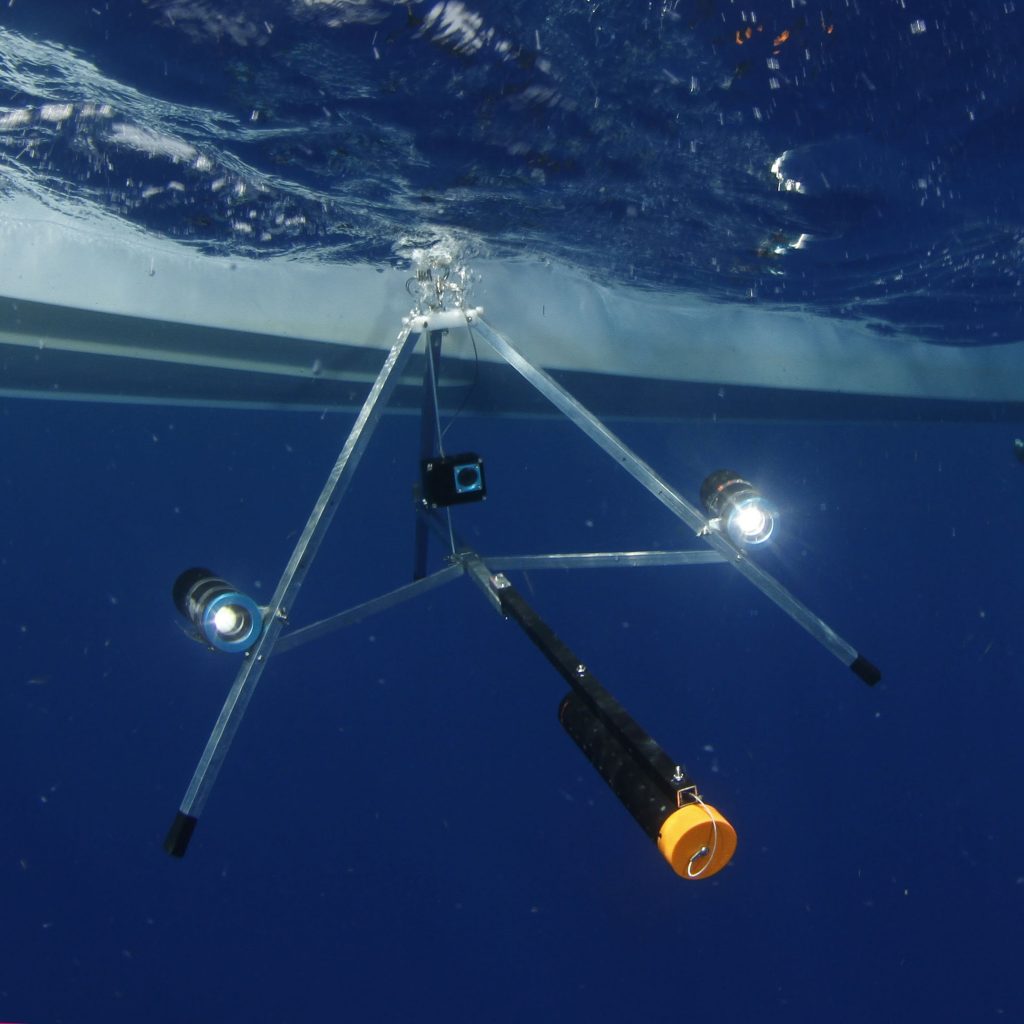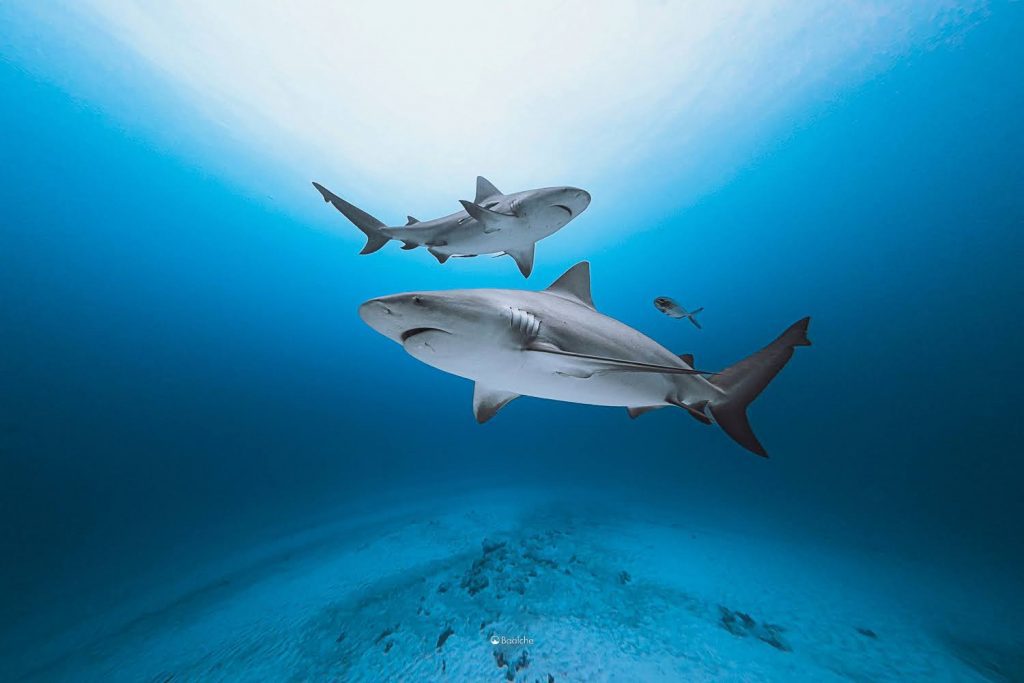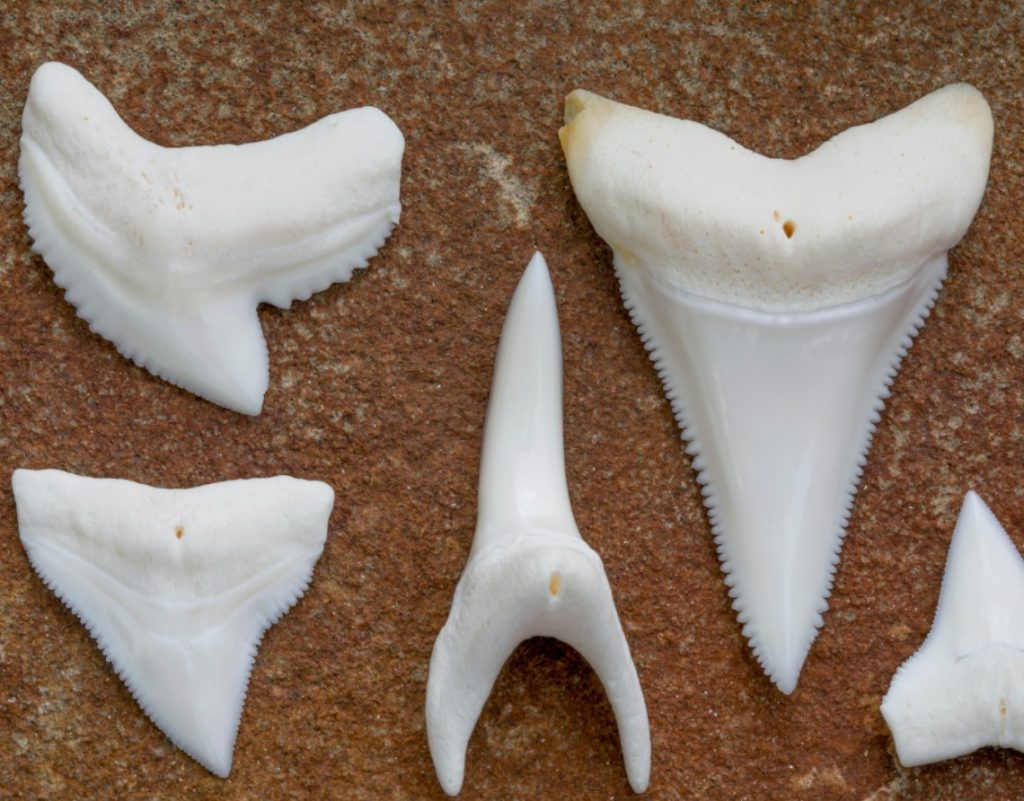
“Wait, WAIT…WHAT WAS THAT?… go back… go back…!”. This is a familiar cry when we are reviewing footage from our underwater camera traps. Through this sneaky peep show of sorts we have made countless discoveries of big fish and other marine wildlife and their preferred habitats. And this work has been critical to understand the diversity and abundance of large marine wildlife and reveal hotspots for specific species, notably those threatened with extinction and in more dire need of conservation attention.
Compared to our terrestrial counterparts, we marine conservation scientists often struggle to work with a limited toolkit in our quest to study wildlife. Camera “trapping”, originally developed to capture images or video of rarely encountered terrestrial species and a key component in censuses, has recently exploded onto the marine stage. The miniaturization of technology and vastly reduced costs of underwater cameras, notably the ubiquitous GoPro, has enabled just about anyone to spy on fish. Commonly known as Baited Remote Underwater Video or BRUVs, these installations were developed in the 90s and are now commonly used in shallow marine projects as a non-invasive means of assessing fish diversity and abundance.
With limited means at our disposal and a desire to make the installations as cheap and easy to make as possible we built our first units in 2012 to conduct the first Belize Barrier Reef census of large marine wildlife. Randomly placed on coral fore-reefs, patch reefs and lagoon areas we found several hotspots for sharks, rays, turtles and big snappers and groupers that we have integrated into our conservation strategies. These surveys have notably highlighted Lighthouse Reef Atoll as being Belize’s site with the highest abundance and density of large marine wildlife. Initially built with PVC pipes with a design pioneered by Ben Fitzpatrick, we found that continual breakages forced us to move to metal frames in 2015. Bulky and taking up precious space on the small boats we use for our work, we also found these far too heavy for our incipient deep-water shark work that required us to drop and retrieve BRUVs by hand to over 500 meters.
It was at this point that we declared in a parody of the iconic film Jaws that “we are going to need a better BRUV!”. Cue the sound of trumpets as one of our volunteers, Sam Owen, came to our technological rescue. Self-effacing and incredibly ingenious, a literal Jacques of all trades and staff at the Royal Albert Museum in Edmonton Canada, Sam has helped us to function in several of our project sites by ensuring that our technology works. He took on our “Build a Better BRUV” challenge and created a streamlined, lightweight and collapsible unit that can easily be transported to our various study sites. Recently tested in Honduras, we were thrilled at the ease of deployment and retrieval, and have gained several new fisher ambassadors for the work that we do. And just what did we see you dare to ask? Well…you will just have to stay tuned for that nugget of info. And it’s worth the wait to see what our “box of chocolate” camera traps reveal. We just never know what we’re gonna get on the videos as we push the science and conservation envelope beyond the shallow seas and into the nearly unknown deep-sea realm of our Barrier reef.



